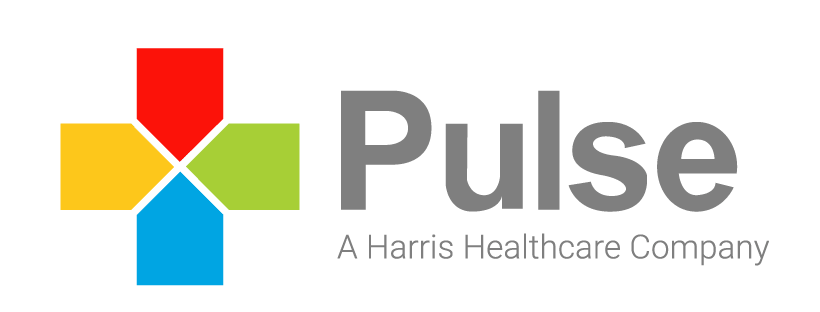How RCM Solutions Can Help Part-2
In this 3-part blog series, we explore the most common causes of physician burnout, and offer practical strategies for easing burnout through revenue cycle management tools, partnerships and approaches. Click here to read the first blog in this series, “Want to Ease Administrative Burnout for Docs? Take a Look at Your RCM Processes.”
Are Regulatory Burdens Stressing Your Practice Out? These RCM Strategies Can Help
Many of the factors that contribute to physician burnout are external demands, like electronic health records (EHRs) that take attention away from patients, and performance reporting requirements, as we discussed in part one of this series. One way to reduce this stress: leveraging revenue cycle management (RCM) expertise to reduce the regulatory burdens physicians face.A key example of an external program that causes regulatory burden is MACRA (the Medicare Access and CHIP Reauthorization Act). While changes in MACRA from year one to year two did not hold big surprises, many eligible clinicians and their practices still struggle with its complexity.To truly reduce the regulatory burdens that contribute to physician burnout, it’s beneficial to join forces with an RCM partner that not only is well-versed in regulatory demands, but also can help lighten the load for overwhelmed physicians. Here are three ways an experienced RCM partner can help physician practices reduce regulatory burnout.
Take control of quality measure management.
In 2018, 50 percent of an eligible clinician’s Merit-based Incentive Payment System (MIPS) score is based on quality performance, and this year, clinicians must report on at least six quality measures, including an outcomes measure, for a full year. An RCM partner can help your practice select the right performance measures for reporting, correctly code the measures, and strategically submit quality data codes (QDCs) to the carrier on your behalf. The right partner also will drill down into value-based payment reconciliation summaries to determine the specific factors that drove performance-based payment.
Determine which reporting method holds the greatest benefit for your specialty.
For example, under MACRA, eligible clinicians can report on MIPS quality measures through their EHR or through a qualified registry. But reporting through the EHR puts some specialty clinicians at a disadvantage: Clinicians who report on MIPS quality measures through their EHR have just 55 quality measures to choose from, while those who report on quality measures through a qualified registry have nearly 300 measures to choose from. That means a practice that specializes in orthopedic surgery and is reporting on quality measures through the EHR may be forced to choose “screening for high blood pressure” as one of its six quality measures simply because there aren’t enough quality measures to choose from for that practice. A true RCM partner can help you determine the best approach for your practice and help guide implementation.
Integrate your EHR with other RCM technologies for improved reporting and performance.
Using multiple revenue cycle technologies in combination with your EHR contributes to decreased data integrity—and that can hurt performance under quality reporting programs as well as revenue cycle performance. The right RCM partner will provide access to an advanced revenue cycle software solution that will fully integrate the EHR and other existing technologies. It’s an approach that supports improved data capture, performance reporting, and more.
Talk to Us
Pulse Revenue Cycle Management’s regulatory experts help physician practices across the country successfully navigate new federal regulations and performance reporting requirements. Learn more about PulseRCM.
